In the dog days of summer, one of my favorite feelings is biting down on juicy blueberries freshly picked from the bush. There are many berries in the northern woods if you know where to find them. I will go through some that you can find and what you need to know about them when foraging.
Safety tips for Identification
- Do NOT consume anything until you are sure you know what you have found
- Don’t rely just on color for IDing, look at such things as leaf placement and shape.
- Use more than one picture so you have different angles and lighting
Berry time

Starting with one of the most famous in the arrowhead region of Minnesota, the blueberry is a fantastic trail treat when portaging in the BWCA, or a fun activity to do while staying in the campground. To find blueberry bushes, head to the edges of the woods and clearings. They like sun and can also be found in hilltops and ridges. Blueberries are one of the first plants to appear after a wildfire. When IDing blueberries, you are lucky. There are no toxic look-alikes as long as you follow safe identification practices. Look for oval leaves up to 2 inches long that are green with tinges of red. The leaves are alternatively attached to the stem with stemlets. Berries have a 5-point crown on the bottom. They are blue when ripe and have a silvery, dusty bloom. Blueberries grow in a tight cluster at the end of a twig or stemlet.
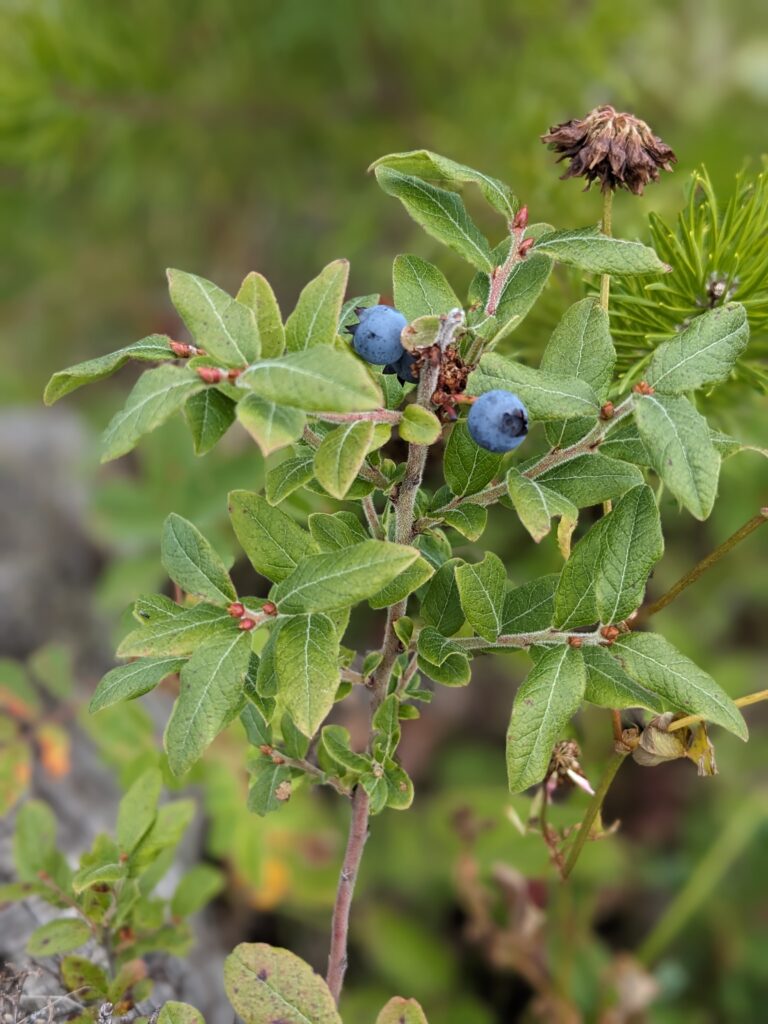
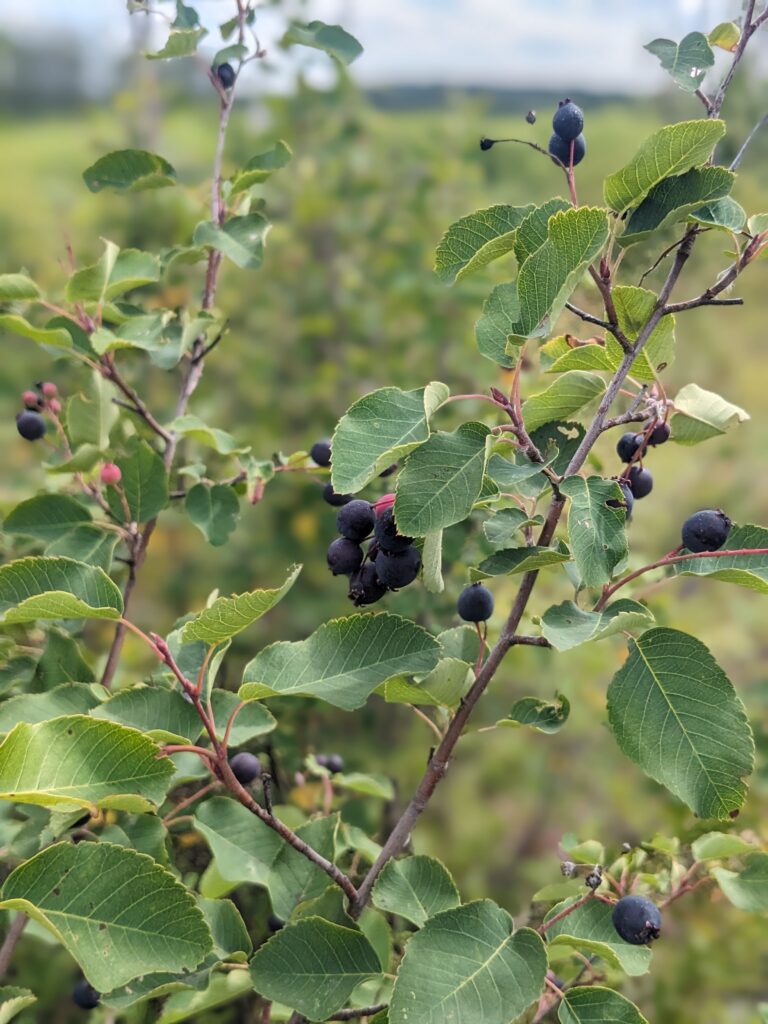
Next on the list is the serviceberry. There are a number of names these berries are know by; sarvisberry, juneberry, and saskatoon. This blueberry look alike is found in areas you find blueberries as well as many other places. One place is along the dirt roads up here. To identify serviceberries, look for large bushes and small trees. Leaves are oval to egg shaped and usually 1 to 3 inches long. The top side of the leaf is bright green while the bottom is paler. These berries vary in color a bit. When the berries are ripe they can be reddish-purple, blue, purple, or almost black.
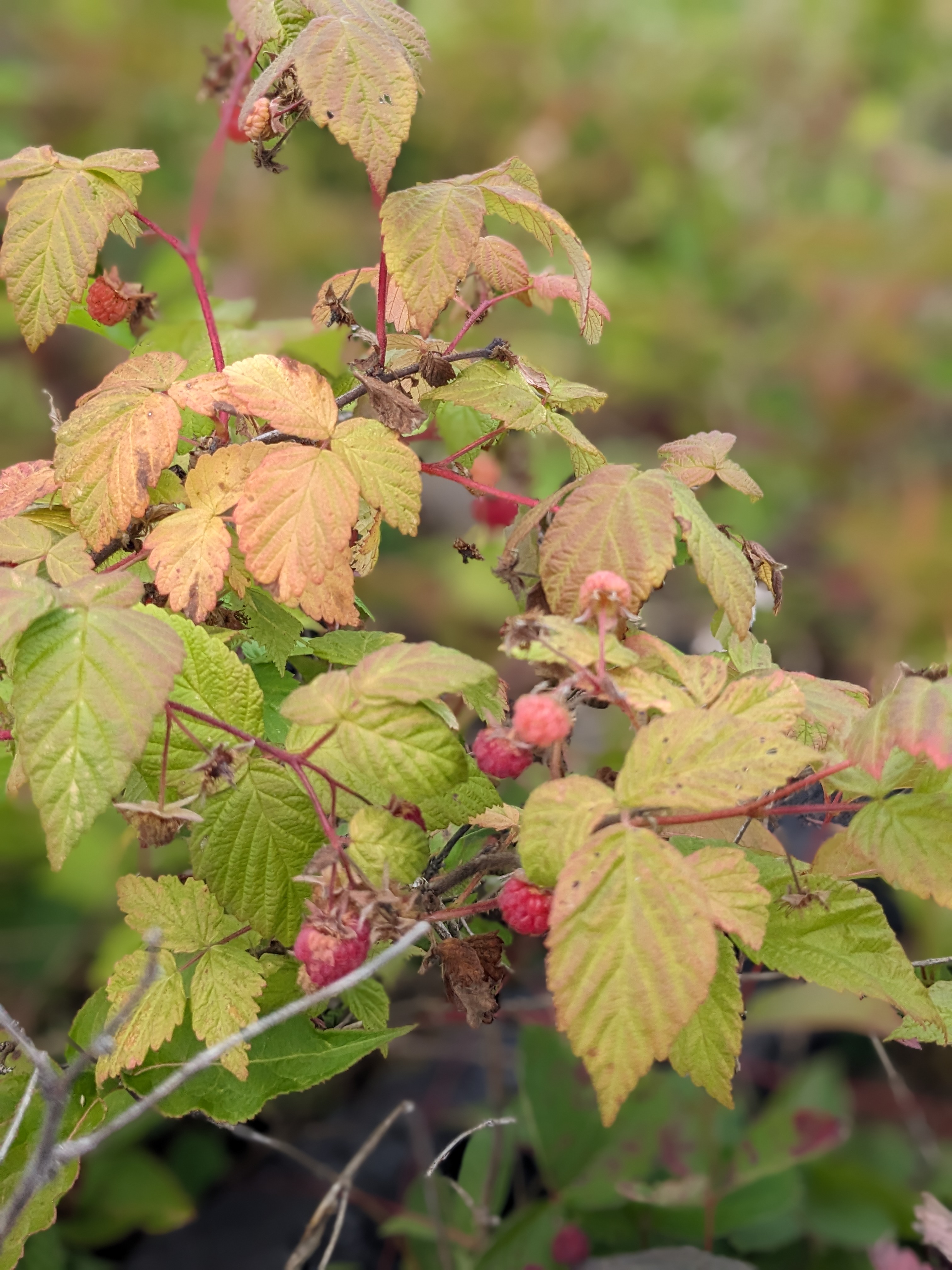

Another group of berries that are ripe this time of year are compound drupes. Common ones in this area are the raspberry, dewberry, and the thimbleberry. The raspberry and thimbleberry bushes are arching vines with alternating toothy leaves. Dewberry vines creep along the ground. Both thimbleberries and raspberries are red when ripe while dewberries are black.
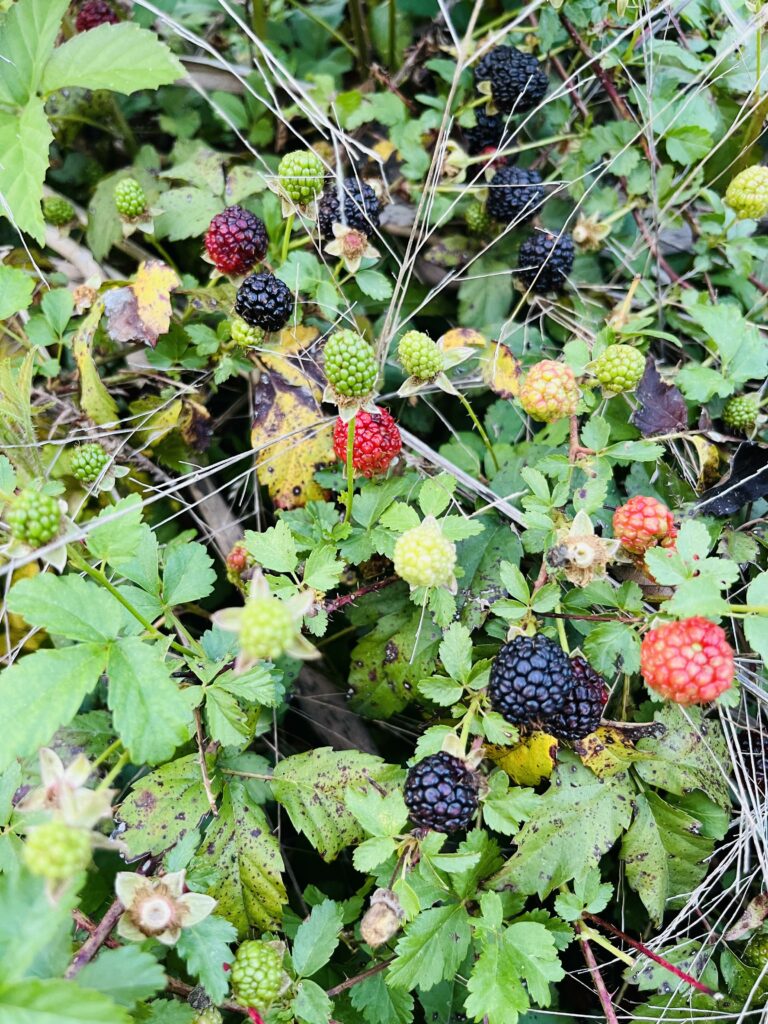
The last berry I’ll cover is the bunchberry. This small shrub spreads via an underground root system and is usually found in large colonies. Bunchberries are found in shady coniferous and mixed-wood forests. Leaves are 1 to 3 inches and appear to whorl out from the center. The fruit grows in bright red bunches on the top of the stalk of the plant. The bunchberry is the only berry on this list that is not delicious. It is edible and makes a good trail nibble, but the fruit is mealy and bland. Keep knowledge of it in your back pocket for the unexpected survival situation.
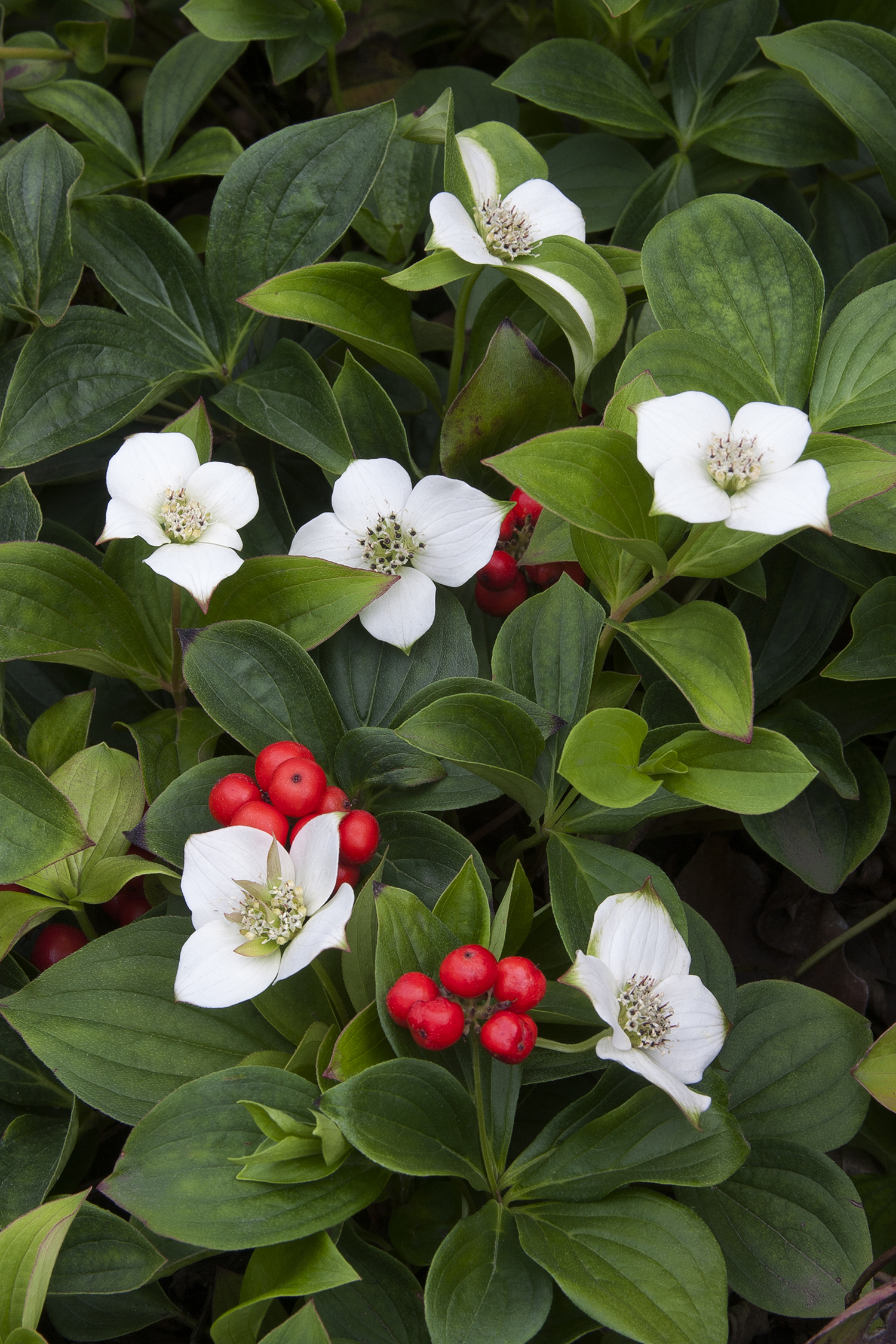
For more information: https://www.dnr.state.mn.us/mcvmagazine/issues/2019/jul-aug/berries.html
Sawyer
